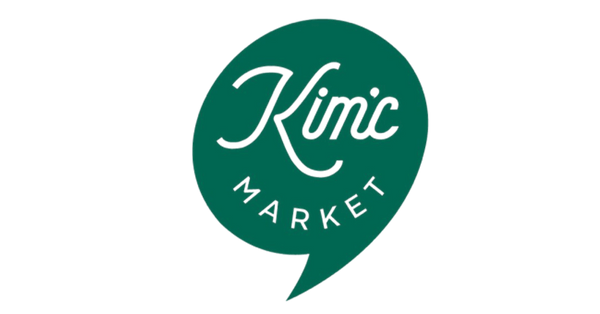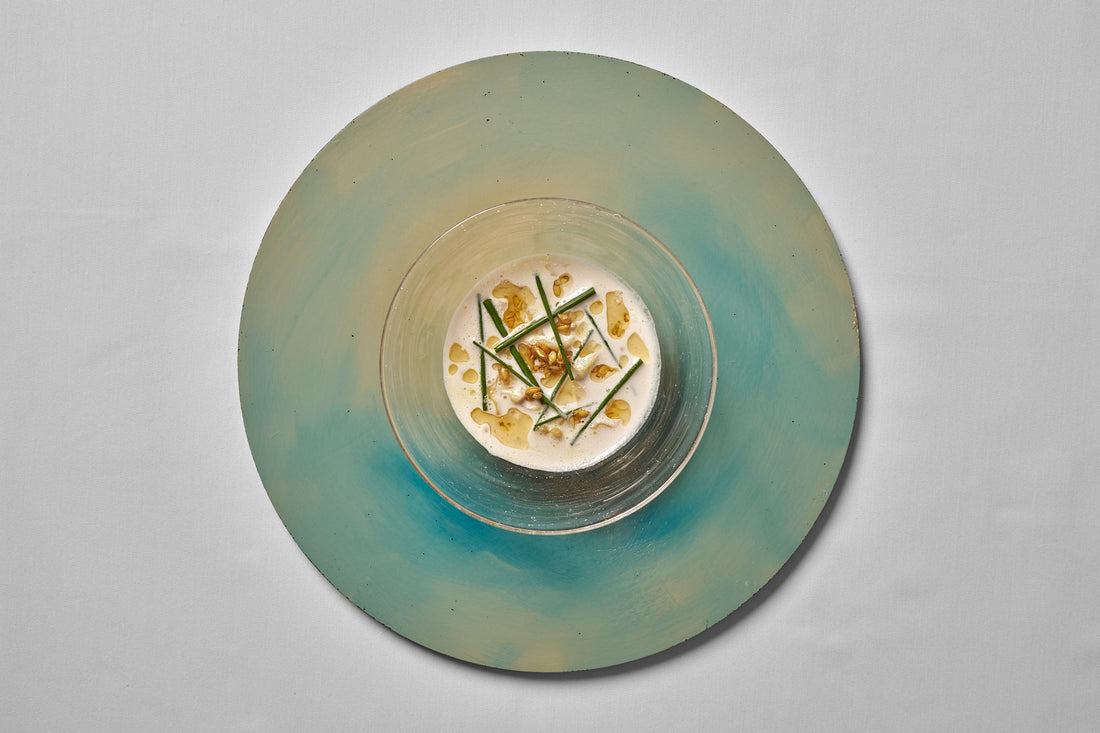There has been a growing trend of chefs like Yoonsoo Park, who bring a unique blend of global and Korean influences to their culinary creations. Trained under renowned chefs and in Michelin-starred kitchens across Europe, Chef Park combines international techniques with the rich flavors of Korean ingredients. His innovative approach has earned him recognition in New York’s competitive dining scene. In this interview, we delve into Chef Park’s journey and his commitment to honoring tradition while pushing the boundaries of Korean cuisine.
When and why did you decide to become a chef?
Since both of my parents worked when I was young, I naturally found myself cooking at home after school. My sister and I are close in age, but she had no interest in cooking, which meant I spent more time in the kitchen. It started with me reheating the meals my mother prepared, but eventually, I began experimenting with different dishes and inviting friends over, often making a mess in the process. The joy and satisfaction that cooking brought me have been the main driving forces in my journey to where I am today.

*Photo by Ben Hon
How would you describe your overall cooking philosophy?
While I value new attempts at blending flavors and techniques, taste is always the most important aspect. I prioritize harmony and balance, and I believe that the right temperature is crucial in food. When a dish is served at the perfect temperature—whether it’s cold or hot—that’s when the true value of the food shines, and the chef’s intended flavors are best understood.
I’m curious how you incorporate traditional Korean cuisine into your modern culinary creations.
As the old saying “Onko Chishin” suggests, blending the best of the old with modern elements isn’t easy, but it’s something I continually strive for. I’m constantly experimenting, studying, and even applying scientific approaches to cooking. This process involves a lot of reflection and simulation, drawing from my experiences. It also requires a lot of practice, tasting, and storing those flavors in my memory.

*Photo by Dan Ahn
How would you describe Naro?
Naro’s cuisine is all about capturing the delicate and subtle flavors of Korean food, rooted in traditional ingredients and techniques. We draw inspiration from classic dishes across different periods of Korean history, always striving to find harmony through reinterpretation. Our goal is to introduce Korean culture, taste, and elegance in a way that feels familiar and accessible to a wide audience.

*Photo by Dan Ahn
If you’re attempting a modern reinterpretation while rooted in tradition, what is the core you strive for in forging your or the restaurant’s identity?
The key is to respect and understand the traditional foundation before creating new interpretations. If we disregard these traditions and reinterpret them carelessly, the food risks losing its roots. While embracing new ideas and scientific methods, it’s crucial to make sure people don’t mistake these innovations for traditional methods. The process should involve clear explanations and a deep understanding through taste. By respecting the old while cautiously incorporating new approaches, we can create more brilliant and beautiful dishes and services. This journey requires ongoing study and a deep understanding of both the old and the new.

*Photo by Dan Ahn
Can you share your culinary journey and work experience with our readers?
I began my culinary journey in 2009 under Chef Edward Kwon. After completing my military service in Korea, I worked at the Michelin 2-star restaurant “Marcus” in London (which is now closed) in 2016, where I spent about two years learning French and modern European cuisine. In early 2019, I moved to Copenhagen, Denmark, to explore Nordic cuisine and worked as a sous-chef at the Michelin 2-star A.O.C. for two and a half years. When the COVID-19 pandemic hit, I encountered visa issues and was about to return to Korea when, fortunately, I connected with Chef Junghyun Park of Atomix. This opportunity led me to join Atomix in late 2021, and I later became the head chef at Naro in early 2023.
What do you prioritize when selecting ingredients?
Quality is the most important thing I look at when choosing ingredients. I also believe that ingredients are at their best when they’re in season, as eating them at the right time of year brings out their optimal condition and flavor. Since quality can vary greatly depending on location and climate, I always pay close attention to where and how the ingredients are grown and how they are distributed.

*Photo by Dan Ahn
Thanks to talented individuals like you, interest and love for Korean cuisine are growing. What do you think is necessary for Korean cuisine to be more beloved in the U.S. in the long term?
Instead of just focusing on either fine dining or casual food, I think we need more people who really master the basics and create genuinely authentic dishes. If a bunch of low-quality restaurants or products start popping up just because Korean food is trendy, the interest will probably die out fast. To keep people interested long-term, we’ve got to broaden our range, like how Japanese cuisine has stayed popular around the world. That means building a diverse cultural scene with everything from casual spots to fine dining. We also need more ways to share and explain Korean culture and history to different audiences. It’s not just about food—having a strong foundation in film, music, art, and other areas will help keep the love for Korean culture going strong for a long time.


